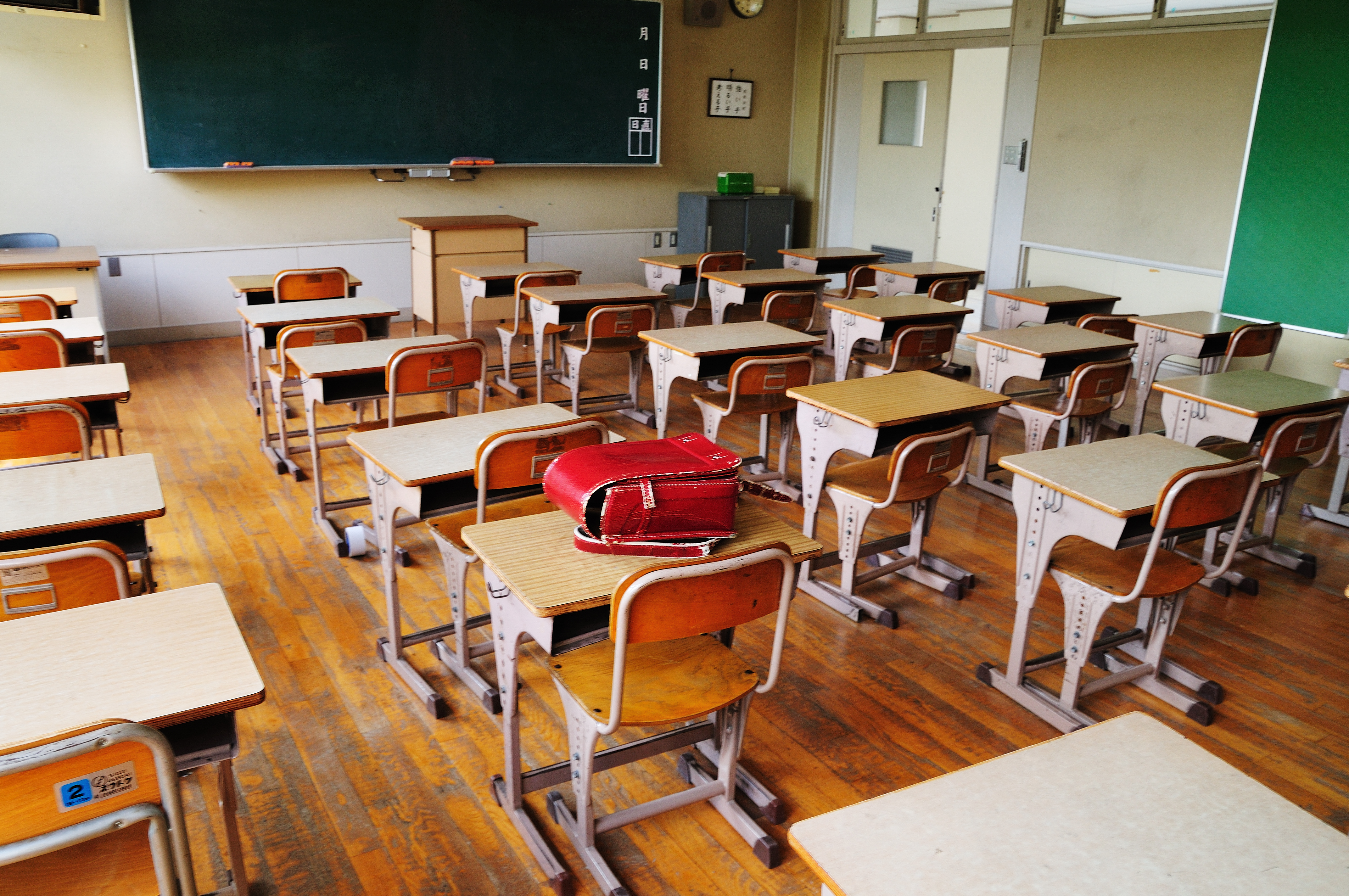The Secondary Education Commission (1952-53) has recommended the establishment of multi-purpose schools. Some practical difficulties were faced in opening such schools during the First Five Year Plan.
It is an expensive set up, because for a multi-purpose school a big building, different kinds of laboratories and workshops, adequate fertile land for agriculture, a rich library and other educational facilities are needed.
In view of the poor financial condition of the country, these institutions cannot be expected to be set up at different places in the country. It is not easy to arrange for the study of three or more vocational subjects in one institution.
ADVERTISEMENTS:
There is a shortage of adequately trained teachers in vocational and technical subjects. The other difficulty is that for the teaching of different subjects, separate sections have to be opened according to the subjects.
So it is necessary that these schools are set up in places where sufficient number of students may be available to make the best use of the money spent on these institutions. All this is possible only when the government makes a complete survey in this connection for finding out suitable sites for these schools.
The other important aspect of these institutions is that being so expensive, it is only possible for the government to run schools and provide all the needed facilities. It is difficult for private and aided schools to provide complete equipments.
ADVERTISEMENTS:
The expenses in laboratories and workshops can be cut down to some extent in industrial and commercial areas with the co-operation of industrial and commercial institutions.
Despite these difficulties, it goes without saying that multipurpose schools have their points and will prove of great utility in the present conditions of the country. This kind of training, besides developing vocational efficiency, is also intellectually beneficial and students can switch over to other subjects, if necessary.
From the social point of view, it is also important if different students study different subjects, because it does not allow the feeling of sectarianism or groupism to grow. The feelings of social differences and barriers in students also grow weaker if students of different social status and vocational standards study together.
In spite of these good points the experiment in the field of multi-purpose schools, has not been successful so far. In a separate chapter onwards we shall deal with Multi-purpose schools.

